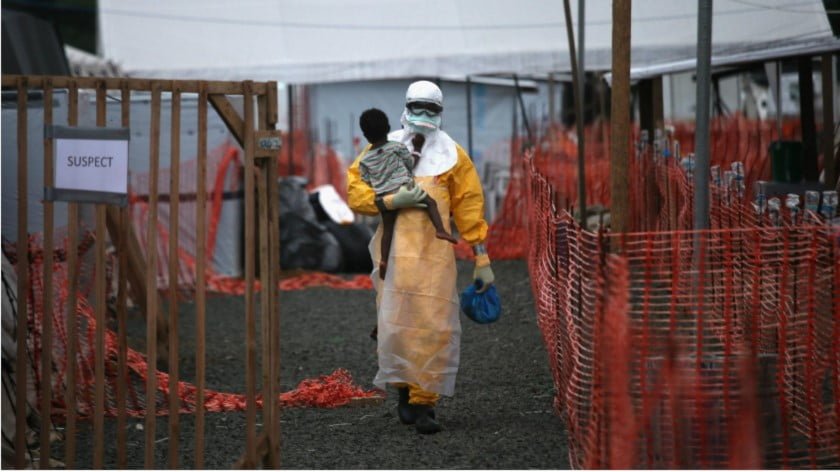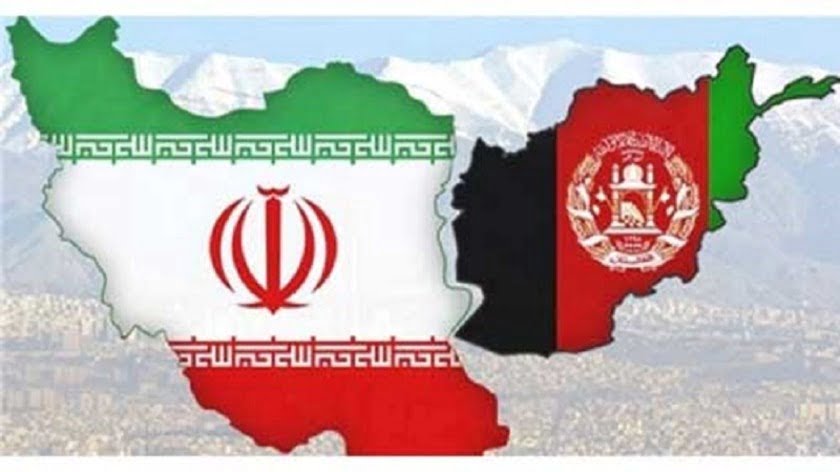These US-China Military Tussles Are How Next World War Begins
There are increasing signs that escalating tensions in the US-China relationship are spilling over to military-to-military ties.
As US-China relations deteriorate rapidly on a number of critical fronts including trade, technology, human rights and geopolitics, a series of events has inflamed military-to-military ties and increased the risk of direct military conflict between the powers. This year alone, we have seen China disinvited from the 2018 Rim of the Pacific Exercise (Rimpac); the announcement of the sale of US$330 million worth of military equipment to Taiwan; repeated patrols by US bombers and warships through the disputed South China Sea and Taiwan Strait; a near-collision between two warships in the South China Sea; and the Trump administration’s decision to sanction the Chinese military for buying Russian fighter planes and missiles.
In response, Beijing has called off several high-level military-to-military meetings; cancelled talks with Secretary of Defence James Mattis in Beijing and a planned visit to the Pentagon by the head of the Chinese navy; denied a request for a US Navy ship to visit Hong Kong; and carried out live-fire drills in the South China Sea involving fighter jets and bombers.
Although Mattis and Chinese Defence Minister Wei Fenghe met on the sidelines of a regional security forum in Singapore this month, their talks failed to produce any new agreements.
Since US president Richard Nixon’s ice-breaking trip to China in 1972, the deep ideological divide between the world’s leading democracy and the world’s largest communist nation has set limits on military cooperation, and the two sides have been unable to build a sustainable strategic basis for stable military ties. This has resulted in an “on-again, off-again” pattern in military relations.
Recent developments show how military ties can quickly deteriorate once bilateral relations have turned sour. The crux of the issue is the increasing rivalry between the world’s sole superpower and a superpower-in-waiting amid a growing bipartisan consensus in Washington that views the communist-ruled and authoritarian regime, like the former Soviet Union in the cold war era, as the chief threat to the liberal-capitalist international order led by the US since the end of the second world war. Two recent major US policy documents – the US national security strategy and the national defence strategy – respectively define the US-China struggle as “a geopolitical competition between free and repressive visions of world order…”, and the rising communist giant as a “revisionist power” which is seeking to undermine the US “economy, interests and values”. Washington sees Beijing as wanting to change the existing rules, norms, and values that govern relations between nation-states, or the existing “international order” built and led by the US. That is why in a recent landmark policy statement, US Vice-President Mike Pence signalled a fundamental shift in the US policy of “engagement” with China – a policy in use since Nixon – to the strategy of “containment” once applied to the Soviet Union. Washington’s strategic goal is to counter Chinese efforts to “displace the US in the Indo-Pacific region”, in reaction to China’s militarisation of the South China Sea, a strategic waterway vital for international trade.
Taiwan is another flashpoint that could spark war as the administration of Donald Trump seeks to upgrade ties with the self-ruled island, which Beijing sees as connected to its “core interests”.
Military-to-military exchanges are the most important area in the relationship between powers, as they can serve as either a stabilising or destabilising force behind overall state-to-state relations. It is imperative that both nations work to alleviate tensions and rein in the risk of inadvertent conflict. Especially as tensions escalate ahead of planned live-fire exercises by the US in the Taiwan Strait and South China Sea next month.
There will be the protracted risk of military conflict in the future, in the process of the shift in US-China military relations from cooperative conflict avoidance towards adversarial confrontation. In the knowledge that military confrontation is the final stage of geopolitical rivalry, the Cuban missile crisis of 1962 should serve as a reminder of how dangerous it is when nuclear powers engage in high-stakes confrontation, which, in the event of miscalculation, could lead to a war that would not only bring catastrophe to each side, but also potentially destroy the world.







